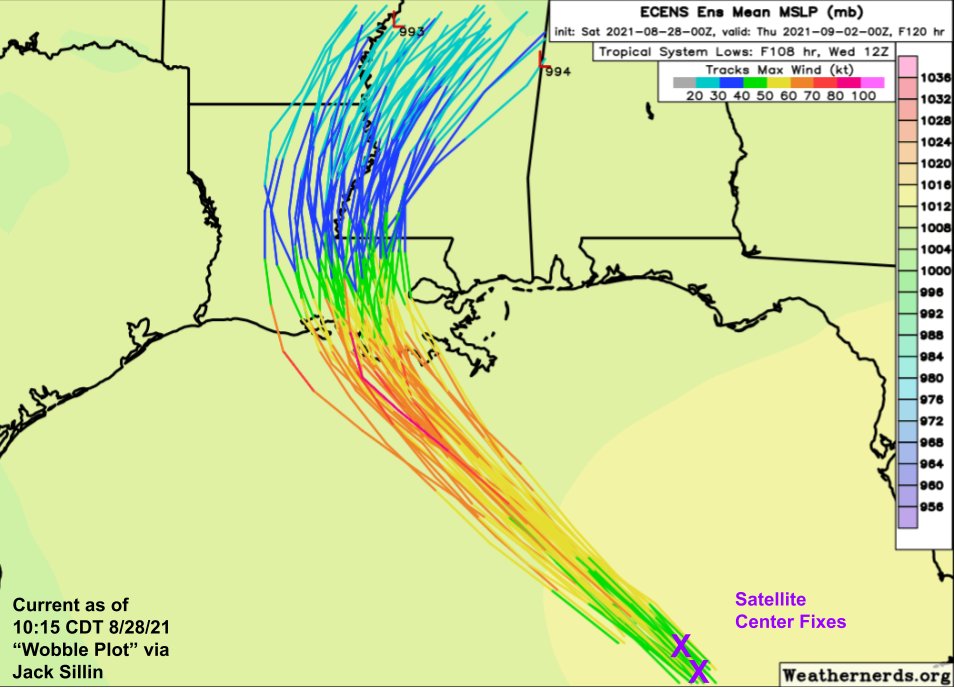
As we're in peak Hurricane Season and the tropical Atlantic remains active, here's a quick reminder to make sure you're tuned into reliable sources (first and foremost @NHC_Atlantic) and tuned out of the cacophony of misinformation.
Here's some BS I've been asked about today:

Here's some BS I've been asked about today:


@NHC_Atlantic Both of these outlets are well-known purveyors of misinformation about tropical cyclones. If you're following them, I suggest the unfollow button.
If friends/family ask you about their posts, I'd make the same suggestion.
If friends/family ask you about their posts, I'd make the same suggestion.
@NHC_Atlantic Remember:
-ONLY the NHC makes determinations about what category a storm is, and anyone claiming to do so is leading you astray.
-NO long range (7-10day+) deterministic model forecast is worth posting or getting concerned about.
-ONLY the NHC makes determinations about what category a storm is, and anyone claiming to do so is leading you astray.
-NO long range (7-10day+) deterministic model forecast is worth posting or getting concerned about.
@NHC_Atlantic If you're looking for good, reliable info about tropical threats in the Atlantic, here are a couple of good lists curated by well-respected meteorologists to get you started.
via @mattlanza twitter.com/i/lists/114944…
via @wx_becks twitter.com/i/lists/103776…
via @mattlanza twitter.com/i/lists/114944…
via @wx_becks twitter.com/i/lists/103776…
@NHC_Atlantic By far the most controversial part of this post has been calling out Force Thirteen, so for all those unaware, they posted what appears to be an official NHC forecast map for a storm last year but instead is their own forecast dressed up in official-looking colors.
It's disinfo.
It's disinfo.
https://twitter.com/WxPatel/status/1434600560498462724
• • •
Missing some Tweet in this thread? You can try to
force a refresh











